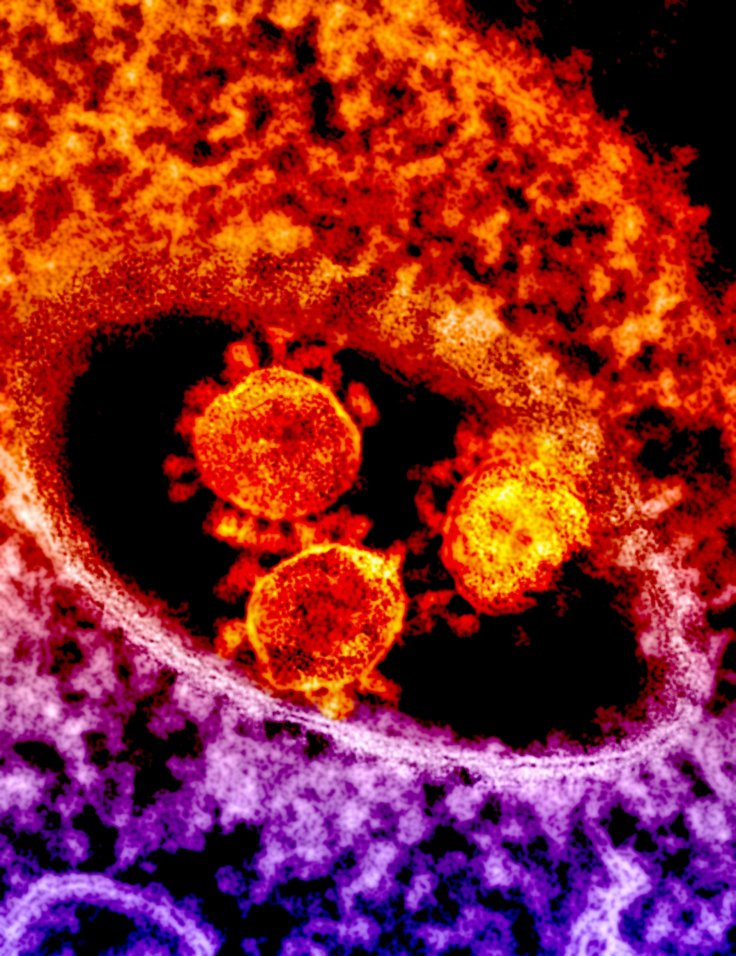Scientists have discovered a new antibiotic, taking the help of artificial intelligence that can kill superbug Acinetobacter baumannii, which the World Health Organization has classified as a 'critical' threat among its 'priority pathogens'. This is a group of bacteria families that pose the 'greatest threat' to human health.
What is a Super-bug?
The bacteria, according to the WHO, have built-in abilities to find new ways to resist treatment and can pass on genetic material that allows other bacteria to become drug-resistant as well. A baumannii can infect hospitals, nursing homes, and patients who need ventilators and blood catheters, as well as those who have open wounds from surgeries.

The bacteria can live for prolonged periods of time on environmental surfaces and shared equipment, and can often be spread through contaminated hands. In addition to blood infections, A baumannii can cause infections in urinary tracts and lungs.
How AI Aided in Research
A group of scientists from McMaster University and the Massachusetts Institute of Technology discovered a new antibiotic that can be used to kill a deadly hospital superbug, according to a new study published on Thursday in the science journal Nature Chemical Biology.
According to the findings published on Thursday, researchers used an AI algorithm to screen thousands of antibacterial molecules in an attempt to predict new structural classes. Researchers were able to identify a new antibacterial compound called abaucin as a result of the AI screening.

"We had a whole bunch of data that was just telling us about which chemicals were able to kill a bunch of bacteria and which ones weren't. My job was to train this model, and all that this model was going to be doing is telling us essentially if new molecules will have antibacterial properties or not," said Gary Liu, a graduate student from MacMaster University who worked on the research.
"Then basically through that, we're able to just increase the efficiency of the drug discovery pipeline and ... hone in all the molecules that we really want to care about," he added.
After scientists trained the AI model, they used it to analyse 6,680 compounds that it had previously not encountered. The analysis took an hour and half and ended up producing several hundred compounds, 240 of which were then tested in a laboratory. Laboratory testing ultimately revealed nine potential antibiotics, including abaucin. The scientists then tested the new molecule against A baumannii in a wound infection model in mice and found that the molecule suppressed the infection.
Refinement Required
The effectiveness of the drug on mice suggested that the method could be used to create antibiotics tailored to fight other drug-resistant pathogens. The researchers also tested the antibiotic against 41 different strains of antibiotic-resistant Acinetobacter baumannii. The drug worked on all of them, though it would need to be further refined and tested in human clinical trials before it could be used in patients.
The compound identified by AI worked in a way that blocked only the problem pathogen. It didn't seem to kill the many other species of good bacteria that live in the gut or on the skin, making it a rare narrowly targeted agent.









